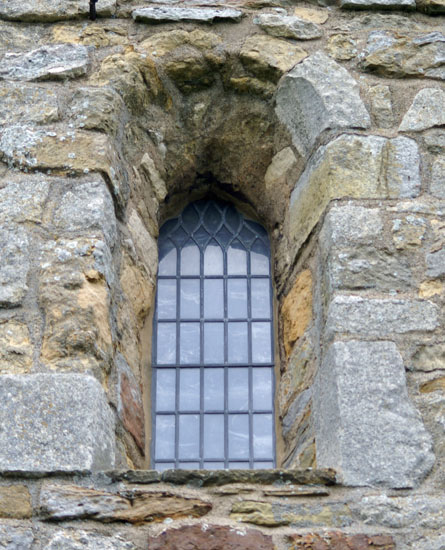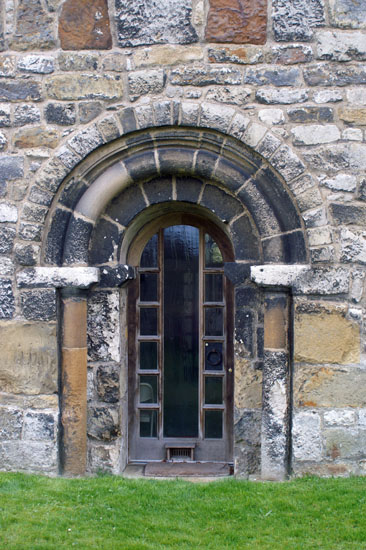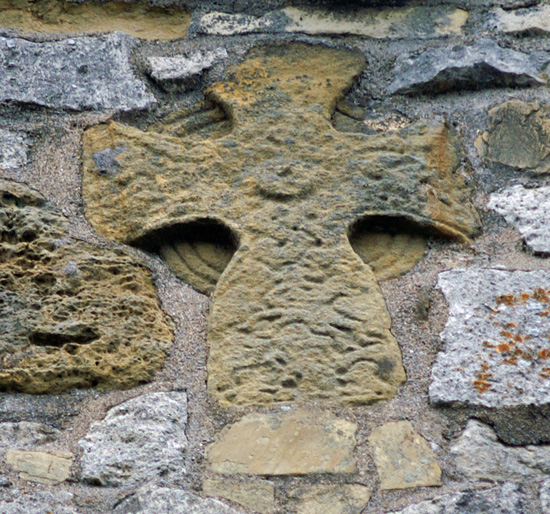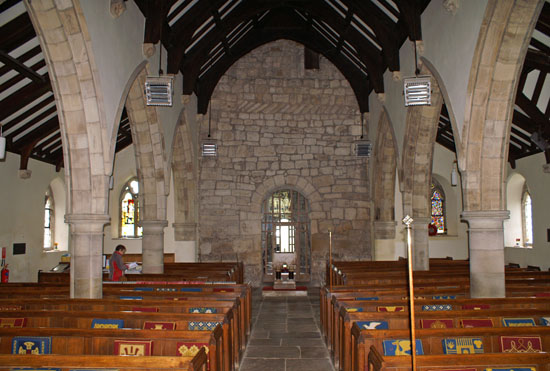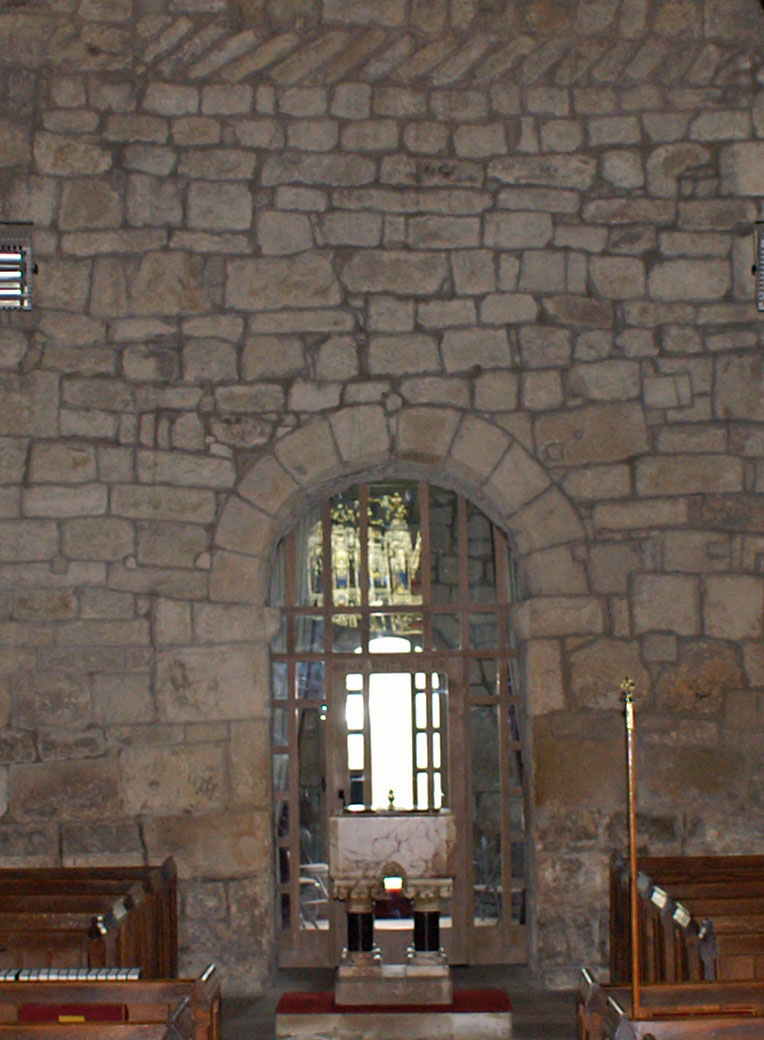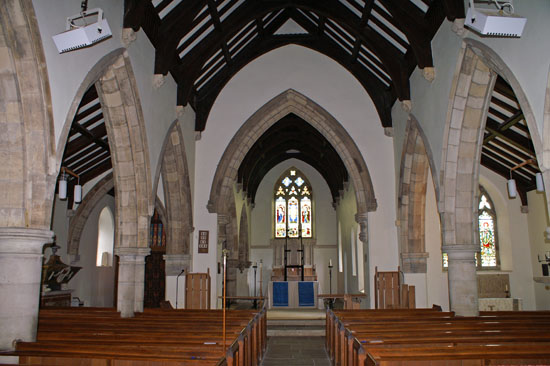|
Alphabetical List |
|
|
|
|
|
|
|
County List and Topics |
|
|
|
Please sign my Guestbook and leave feedback |
|
|
||||||||||||||||||||||
|
the chancel there is also a preserved Viking cross that was formerly built into the tower and was removed for preservation in 1925. Within the church, the reordered Gothic of the nave and aisles contrast sharply with the unfaced stonework of the Saxon tower arch and its surrounding masonry. There is a conspicuous course of herringbone masonry that is such a delightful feature of the Saxon period. The rebuilt nave, chancel and north aisle follow the original floor plan and were rebuilt in c13 style. Two lancet windows were retained in the chancel. The south aisle was added at this time, with the Lady Chapel following as recently as 1937. Hovingham’s extensive rebuilding should not deter those seeking out the Saxon in our parish churches. We cannot expect to always see Saxon architecture in-situ after 1300 or 1400 years. If you are prepared to travel to a museum to see architectural treasures totally removed from their geographical context (the Elgin Marbles spring to mind...) then you should repay the care of the restorers who preserved these precious items by making a visit. For similar Saxon sculptures that have been preserved see Breeden-on-the-Hill, St Mary & St Hardulph Church (Leics). For another Yorkshire church that has managed to retain its Saxon tower see Kirk Hammerton, St John the Baptist Church. For a Saxon tower that is completely different but also has precious Saxon sculptures see Barnack, St John’s Church (Cambs). |
|
|
|
||||||||||||||||||||||||||||||||||||||||||||
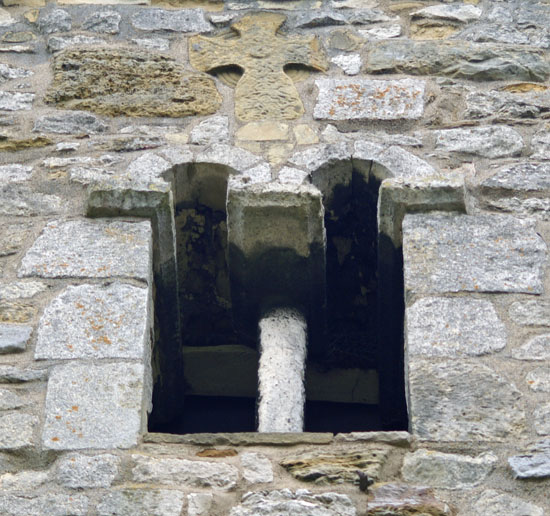 |
|||
 |
|||
|
|
|
|
||||||||||||||||||||||||||||||||||||||||||||||||
|
|
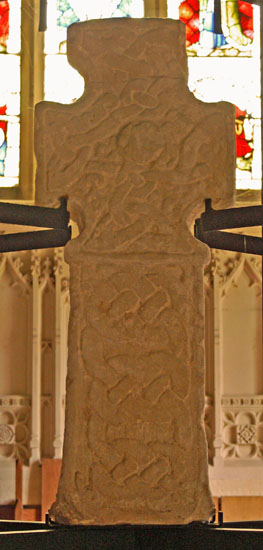 |
 |
 |
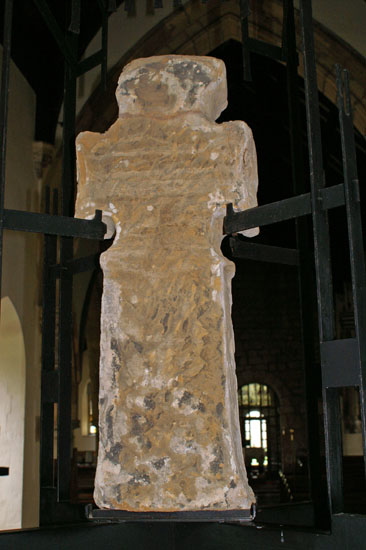 |
|
The Viking cross from respectively west, south, north and east . I believe it shows considerable imagination on the part of the Church’s “government” that they have chosen to make this the centre-piece of ths most holy part of the church rather than shunting it into a side chapel as some kind of curio. The surface decoration is of very obvious Viking design. The uppermost panel of the western face (far left) shows knotted strapwork around a central boss. The lower panel looks similar, but the heads just discernible at the bottom left and bottom right show that we are actually seeing two intertwined serpents - the embodiment of evil overcome by the power of the cross. Similar designs can be seen on each of the other three sides. |
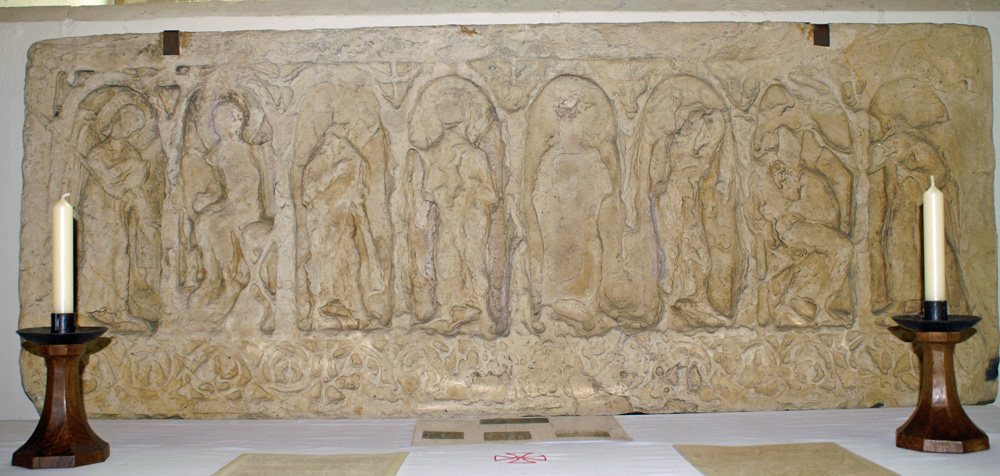 |
|
Another of Hovingham’s treasures : a Saxon frieze now set into the chancel wall behind the altar. It was removed in 1924 from the south side of the tower, twelve feet above the ground hence the weathering that has damaged it. This piece is also believed to have been incorporated from the original Saxon church but - intriguingly - nobody knows what it was used for. It may have been part of an altar or part of a tomb but, as the Church Guide says, the original church would have been a semi-circular apse and so this slab could not have been used as a reredos (that is, behind the altar) as it is now. Eight figures are set within round topped panels. The outer figures are angels (the left hand figure is the best-preserved) and they look inwards. The second figure from the left is clearly seated. The Church Guide says these two left hand figures constitute the Annunciation by the Archangel Gabriel to Mary the Virgin of the forthcoming birth of Jesus. The figures in the other panels cannot be identified due to weathering. Above each intersection of the panels is a dove. The lower decoration is of entwined birds and vine leaves. |
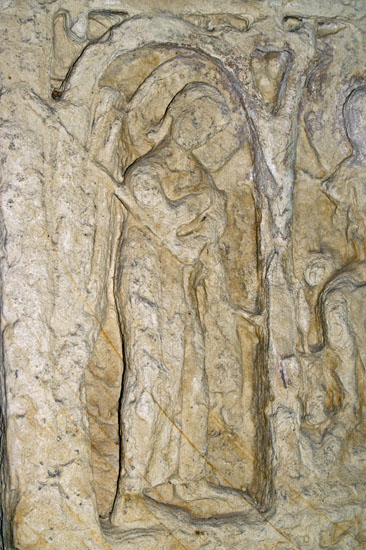 |
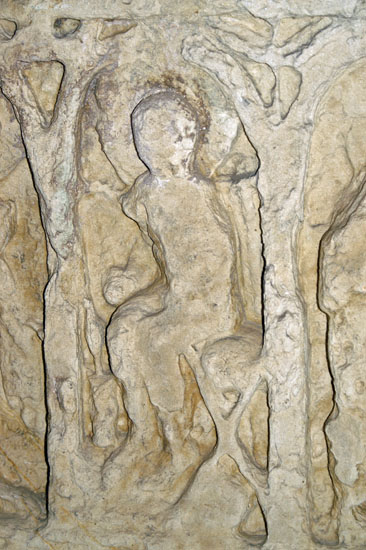 |
 |
|
|
 |
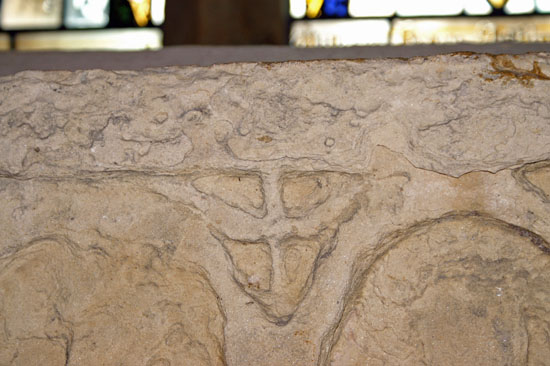 |
||||||
|
Detail from the bottom (left) and top of the frieze. |
|||||||
|
Hovingham is a “living church”, serving the needs of the local population as it has done for over 1000 years. To see the activities of this and other churches in the “Street” group (including Barton-le-Street also on this website) please visit their website at : http://www.thestreetparishes.org.uk/. |
|||||||


